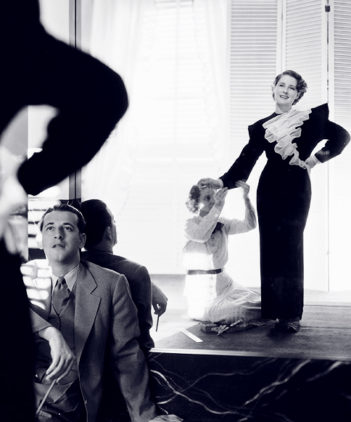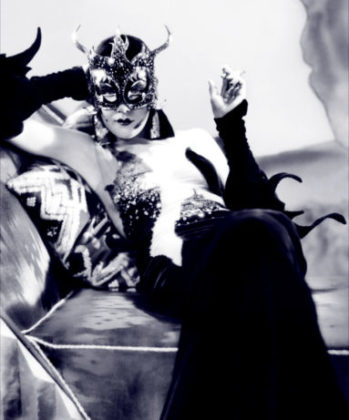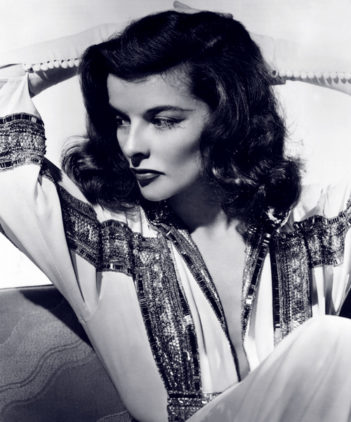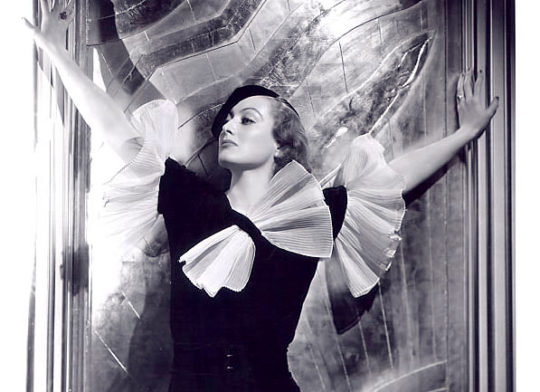The beginnings at MGM
A Star rises
Born in Connecticut in 1903, Gilbert Adrian was exposed to the fine arts of fashion from a young age by his parents who ran a successful millinery business. Adrian’s passion came alive as he studied costume design at the Parson’s New York School for Fine And Applied Art in New York City, ultimately transferring to Parson’s Paris branch to be closer to Parisian style and couture. While in Paris, he was noticed for his talent, and as a result, returned to New York to design for Irving Berlin’s “Music Box Revue” on Broadway.
Adrian’s first big break for costume design for the movies happened in 1925 in the first MGM film of Mae Murray, “The Merry Widow”. Following that, he started working with Cecil B. DeMille, and in 1928, they both moved to MGM, where Adrian remained at the studio until 1942. At MGM, Adrian meets his first muse, Greta Garbo, whom he transformed into a goddess of glamour adulated by women worldwide. Adrian dressed and transfigured the constellation of all their stars including Katharine Hepburn, Joan Crawford, Norma Shearer, Judy Garland and many others for some of their most memorable film roles.










